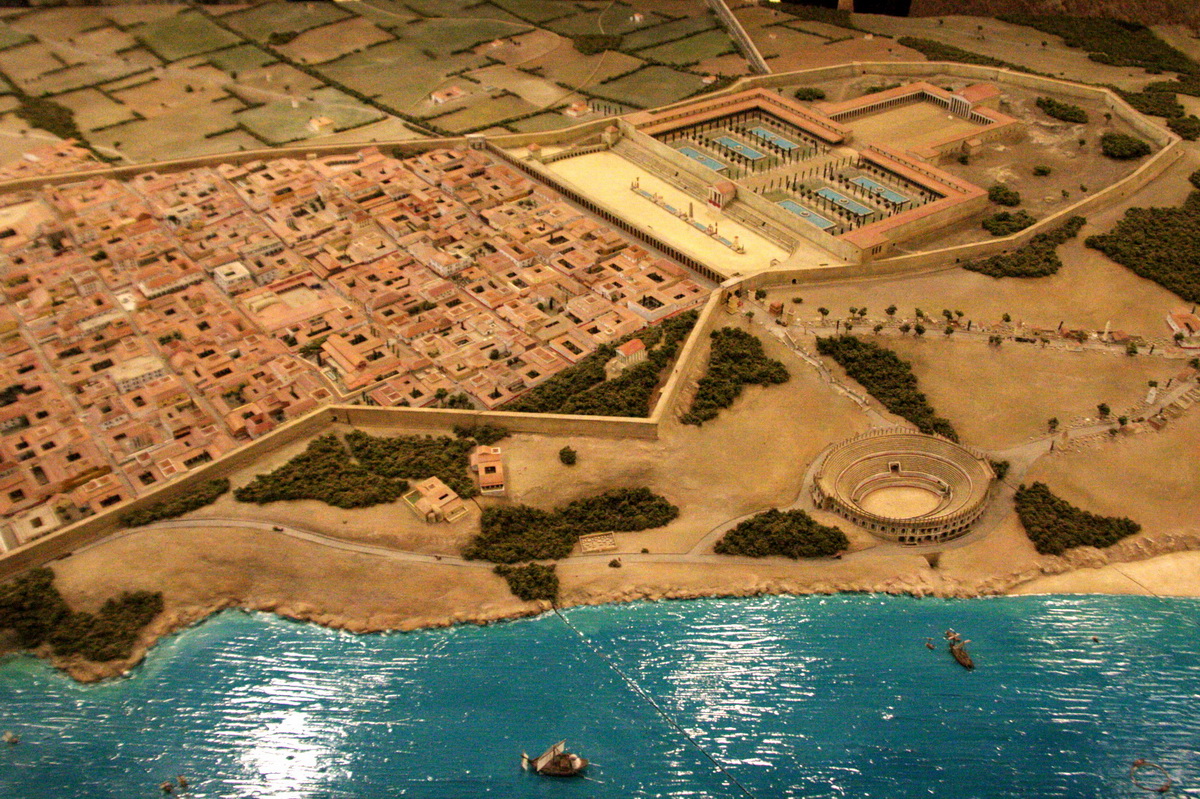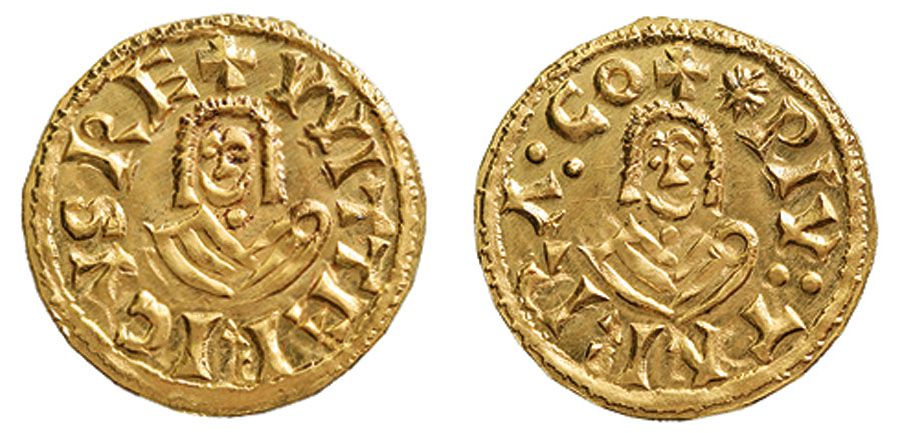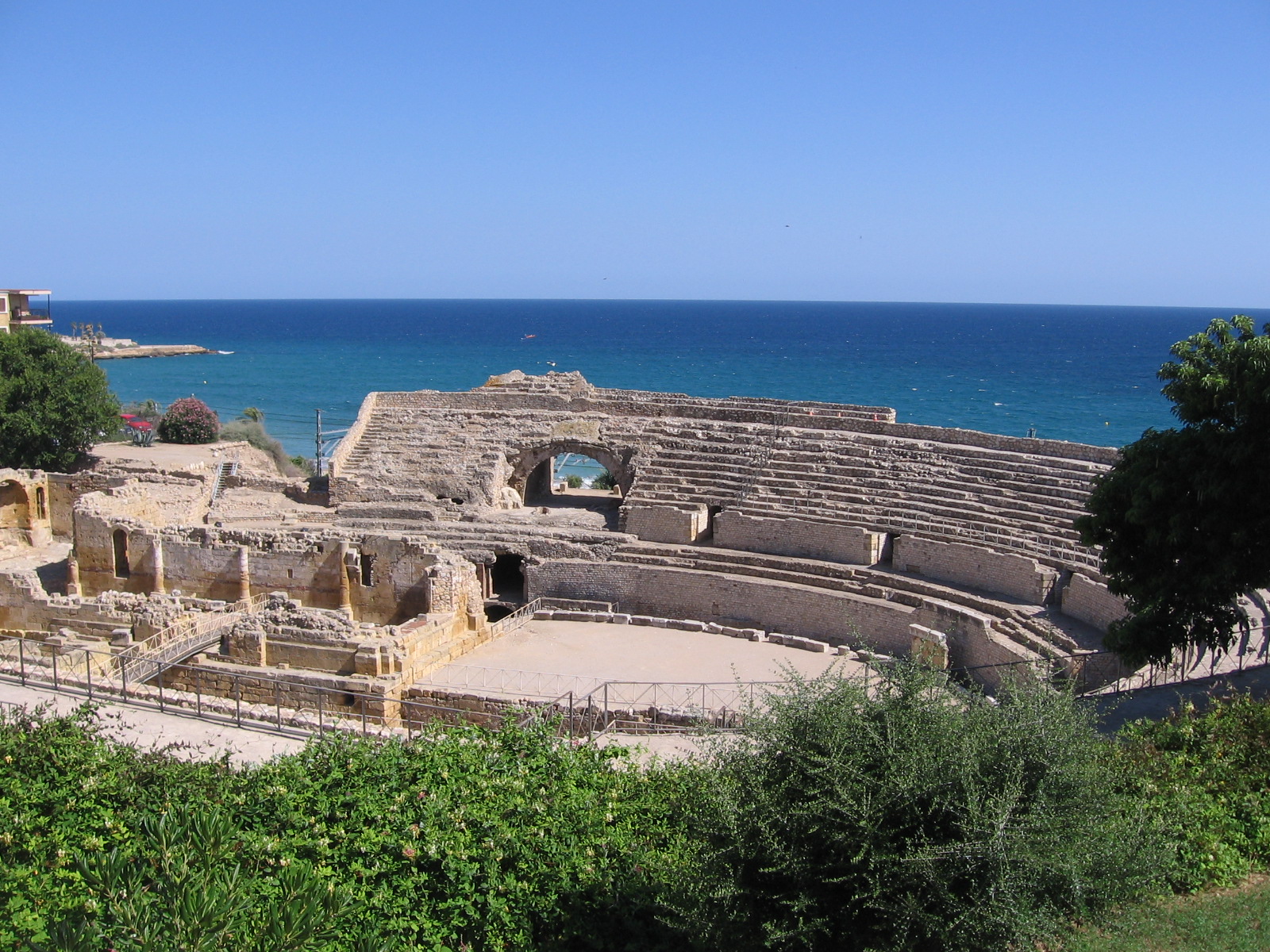Tarraco was one of the biggest roman cities in Hispania. The city was originally called Colonia Iulia Urbs Triumphalis Tarraco but nowadays the city is called Tarragona. In the year 2000 most of the roman ruins were declared World Heritage by UNESCO.
Before the romans arrived to the Peninsula, the region was populated by Iberians who were settled around the river Ebro. In 217 b.c Publio Cornelio Escipión the African arrived to the region Tarraco. A cooperation was created between the Iberians and the Romans, therefore not many battles took place in the area. The Romans called the Iberian inhabitants «allies and friends of the Roman citizens».

During the next centuries the city was used as a base for the military during the harsh winters against the Celtic regions in the north. Finally, after all these battles the country was united under Roman control. During these battles, August Caesar, maintained control of the military in Tarraco and ordered the construction of several temples and roads. Tarraco became the richest port in the Spanish Mediterranean. After the death of this emperor, the city’s council decided to construct a temple in his honor.

Not much after these, the citizens were declared official roman inhabitants. Prosperity was achieved in the late II century. The city entered into economic difficulties, these can be seen in how the records say that less monuments and temples were constructed leading to believe that it was due to lack of funds.

Not long after the fall of the Roman Empire, Tarraco was occupied by the Visigoth. Experts say that the city was not conquered violently and that not much destruction took place. The Visigoth had control of the city for over 200 years, until the Muslims invaded the peninsula.
It is not clear what happened during the invasion of Tarraco. Some experts believe that the city was under siege for over a month, leading to the destruction of big portions of the city. All the city leaders fled before the siege started, so there was no way to organize the defenses.
As we said previously, in the year 2000 the Roman remains in the city were declared World Heritage by the UNESCO. Throughout the city you can find inscriptions in Latin as the inhabitants constructed over the remains. Now we are going to describe the main Roman ruins… that you can visit with us!

In the image above we can see the old roman wall well preserved, but the wall is the oldest roman remain in all of Tarragona. The wall was raised in the III century B.C as a wooden structure and it was further expanded throughout the century. This wall suffered severe damage during the Muslim invasion, and it wasn’t until the XII century that it was repaired when the Visigoth arrived.

One of the most preserved roman remains you can see in Spain is the Amphitheater. As you can see in the photograph above, its really close to the sea. The amphitheater was constructed in the second century a.c. The roman citizens could enjoy many different shows, including the burning of Cristian during their persecution in the III century a.c, other shows like gladiator fights could also be seen. After the Muslim Invasion the amphitheater was abandoned and used as a stone mine.

Not far away from the city we can find Tarragona’s Aqueduct. It was constructed by Augusto in the I century b.c. and it fed water to the city. The aqueduct is 217 meters long and it highest point is at 27 meters. It was declared World Heritage by the UNESCO due to its perfect condition.
There are many more buildings and monuments around the city that you can visit. The best way you can visit this representative city of roman history is with one of our tours! We will pick you up at your hotel or apartment with a private car or mini-van and tour around the city.